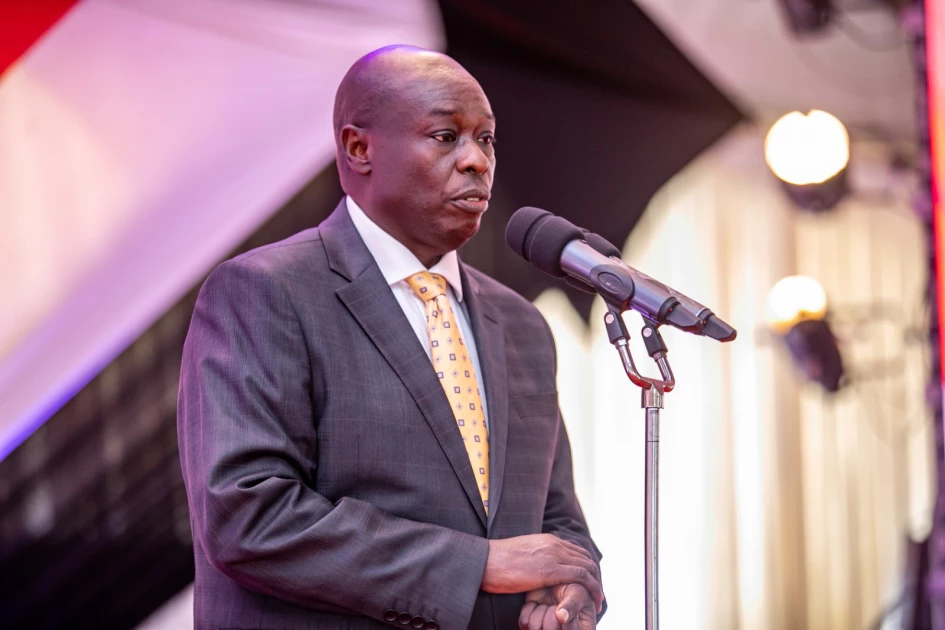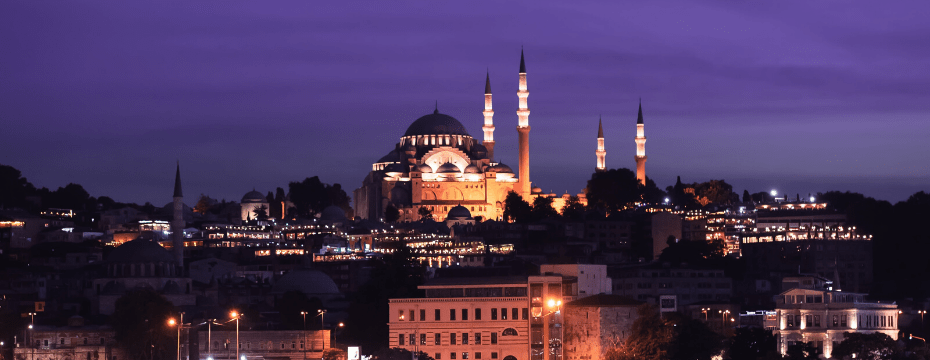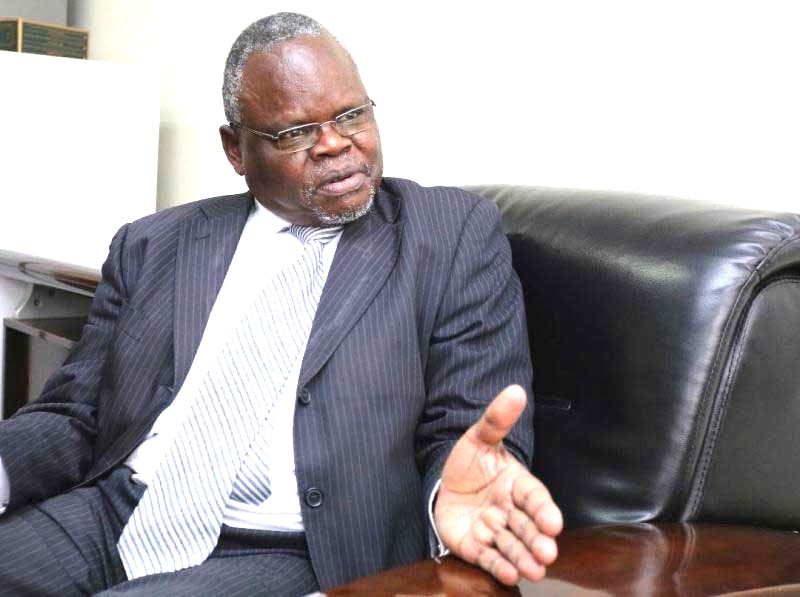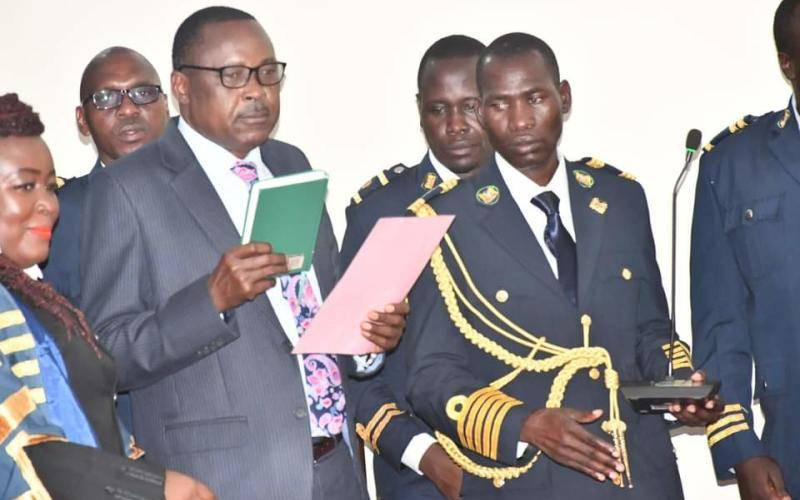For President Ruto, the stakes could not be higher. The Mount Kenya region, home to roughly a quarter of Kenya’s electorate, has been a linchpin of his political success, delivering 47% of his votes in 2022. However, his administration has faced mounting criticism over unfulfilled promises, punitive taxation, and a perceived neglect of the region’s development needs. The tour, scheduled to commence in mid-March 2025 according to some sources, is a critical test of Ruto’s ability to shore up support in this vote-rich heartland
The sudden withdrawal of former Deputy President Rigathi Gachagua from the political stage has become a subject of intense scrutiny in Kenya. Political observers widely agree that since President William Ruto unveiled plans for a high-profile visit to the Mount Kenya region—his first development tour there since Gachagua’s impeachment in October 2024—the former deputy has maintained an uncharacteristic silence.
This shift has sparked a pressing question: has “Riggy-G,” as he is popularly known, been coerced into holding his tongue, or is he strategically avoiding statements that might inflame tensions ahead of Ruto’s visit? Gachagua’s retreat from his once-vocal criticism of Ruto and his administration marks a stark contrast to his earlier confrontational approach, deepening the intrigue surrounding his intentions.
Analysts posit that Gachagua’s quietude may be a calculated move to distance himself from potential fallout should Ruto’s tour ignite political unrest. Only months ago, in a bold and provocative gesture, Gachagua challenged Ruto to visit Mount Kenya—a region that delivered a landslide vote for the president in the 2022 election—hinting at underlying discontent. That act, perceived by some as incitement and a breach of political decorum, underscored the growing rift between the two leaders, which culminated in Gachagua’s historic impeachment. Now, with Ruto’s visit looming, experts suggest Gachagua may be stepping back to avoid blame if the region’s simmering frustrations boil over. “He’s playing a long game,” noted political commentator Martin Oloo in a recent interview with an international news organisation, “positioning himself to emerge unscathed if the tour backfires.”
For President Ruto, the stakes could not be higher. The Mount Kenya region, home to roughly a quarter of Kenya’s electorate, has been a linchpin of his political success, delivering 47% of his votes in 2022. However, his administration has faced mounting criticism over unfulfilled promises, punitive taxation, and a perceived neglect of the region’s development needs. The tour, scheduled to commence in mid-March 2025 according to some sources, is a critical test of Ruto’s ability to shore up support in this vote-rich heartland. His allies, led by Deputy President Prof. Kithure Kindiki, are leaving no stone unturned to ensure a warm reception, aware that any misstep could embolden Gachagua’s narrative of betrayal.
For Kindiki, who replaced Gachagua following the impeachment, this moment is pivotal. A respected academic and seasoned politician from Tharaka-Nithi County within Mount Kenya, Kindiki has been tasked with rallying the region behind Ruto. His efforts to project unity and competence could solidify his standing as a dominant force in the region’s political landscape, potentially eclipsing Gachagua’s influence. “This is Kindiki’s chance to prove he’s more than a placeholder,” said Calvine Odhiambo of Bunge La Mwananchi in a Nation analysis, highlighting the deputy president’s meticulous preparations for the visit.
Adding another layer of complexity is the reported involvement of Maina Njenga, the controversial former leader of the outlawed Mungiki sect. Sources indicate that Njenga has been mobilising youth across Mount Kenya to turn out in droves to welcome Ruto. Known for his ability to command large crowds, particularly among disenfranchised young people, Njenga’s role is seen as a counterweight to Gachagua’s lingering influence. Rumours swirling on social media and in political circles suggest he has received substantial financial backing—allegations he has neither confirmed nor denied. His mission, insiders claim, is twofold: to project an image of unwavering support for Ruto and to ensure the president’s safety by managing the crowd and preventing disruptions. This comes amid reports of Ruto facing heckling and jeers during recent public appearances—a sign of growing public discontent over economic hardships and broken pledges.
Njenga’s re-emergence has not gone unnoticed by Gachagua. In January 2025, the former deputy accused the government of reviving the Mungiki sect to suppress dissent in Mount Kenya—a charge he reiterated after Njenga disrupted a prayer meeting led by Gachagua’s wife, Dorcas, in Nyeri. Speaking at a church service in Laikipia, Gachagua warned, “They’ve brought back this sect to terrorise us, but our people will resist.” His call for an International Criminal Court investigation into Mungiki’s past crimes underscores the depth of this rivalry, framing Njenga as a government-backed foil to his own regional clout.
As Ruto’s visit approaches, the response of Mount Kenya’s residents could prove a turning point. Gachagua has hinted at a political comeback, urging the region to abandon Ruto’s United Democratic Alliance (UDA) and embrace a new outfit he plans to unveil in May 2025. Meanwhile, Ruto’s allies, including Senator Wahome Wamatinga, insist the president retains strong backing, dismissing Gachagua’s influence as overstated. Posts on X from @amala254 reflect this sentiment, quoting Wamatinga as saying, “The people of Mount Kenya welcome the President and reject Rigathi Gachagua’s influence.”





